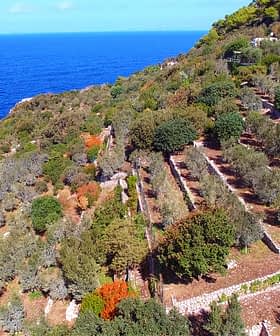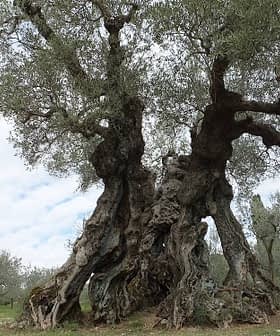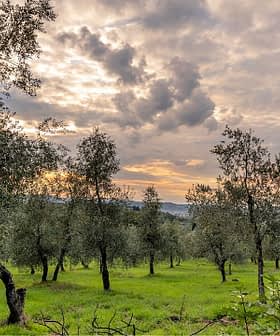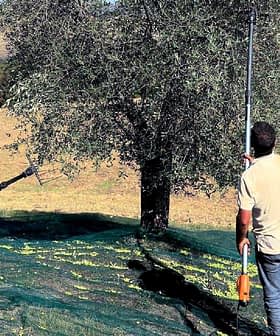As Promising Harvest Nears in Italy, Favorable Conditions for the Olive Fruit Fly Too
A patchy attack in various parts of the country, due to frequent rains and warm temperatures, have made the last period of the growing season a challenge for olive farmers against one of their most feared pests.
Perfect weather over the last few months has created conditions for a strong olive harvest in Italy, both for quantity and quality. But in recent days the climate has also become quite favorable for the proliferation of Bactrocera Oleae, also called olive fruit fly.
A patchy attack in various parts of the country, due to frequent rains and warm temperatures have made this very last period of the growing season a challenge for olive farmers against one of their most feared pests.
It is fundamental for us to be in the olive grove, in order to evaluate climatic factors and determine appropriate treatments.
We met Riccardo Macari, an experienced nursery technician and expert pruner to talk about strategies for curbing the onset of this harmful insect.
“Much has changed regarding the management of the fly and other olive diseases over the last thirty years. In the 1980s farmers used to schedule up to 7 or 8 treatments a year. Now this approach has been abandoned in favor of a greater consideration of the environment, and because the pathogens ended up developing resistance to products.”
These days, the most commonly used products in conventional agriculture are organophosphates like Dimethoate, with a broad-spectrum and cytotropic action.

Riccardo Macari
In recent years, the use of organic and integrated farming methods has increased, and some organic products can have a good repellent action. “Under the 15 percent of infestation, Neem oil, that comes from the pressed fruits and seeds of Azadirachta indica, can be dissolved in water and sprayed,” Macari suggested.
“Kaolin is also helpful in some cases, while Spinosad, an adulticide based on chemical compounds of the bacterial species Saccharopolyspora spinose, which is considered a natural product and approved for use in organic agriculture by numerous countries, can be very effective if combined with traps.” A pheromone-based bait with the addition of proteins or nitrogenous substances attracts the fly that is killed by an insecticide.
“In my opinion, what makes a difference is the awareness of appropriate products and the evaluation of the presence of a pathogen in the olive grove,” he affirmed. “For instance, if I estimate that the presence of the fly is more than 10 percent, at this point it is useful to apply a suitable treatment, which I will avoid if the presence is negligible.”
Tailoring plans for specific varieties is also important. The native cultivars are in general more resistant to the pathogen, and there is now a growing tendency to preserve and restore them to better prevent diseases.
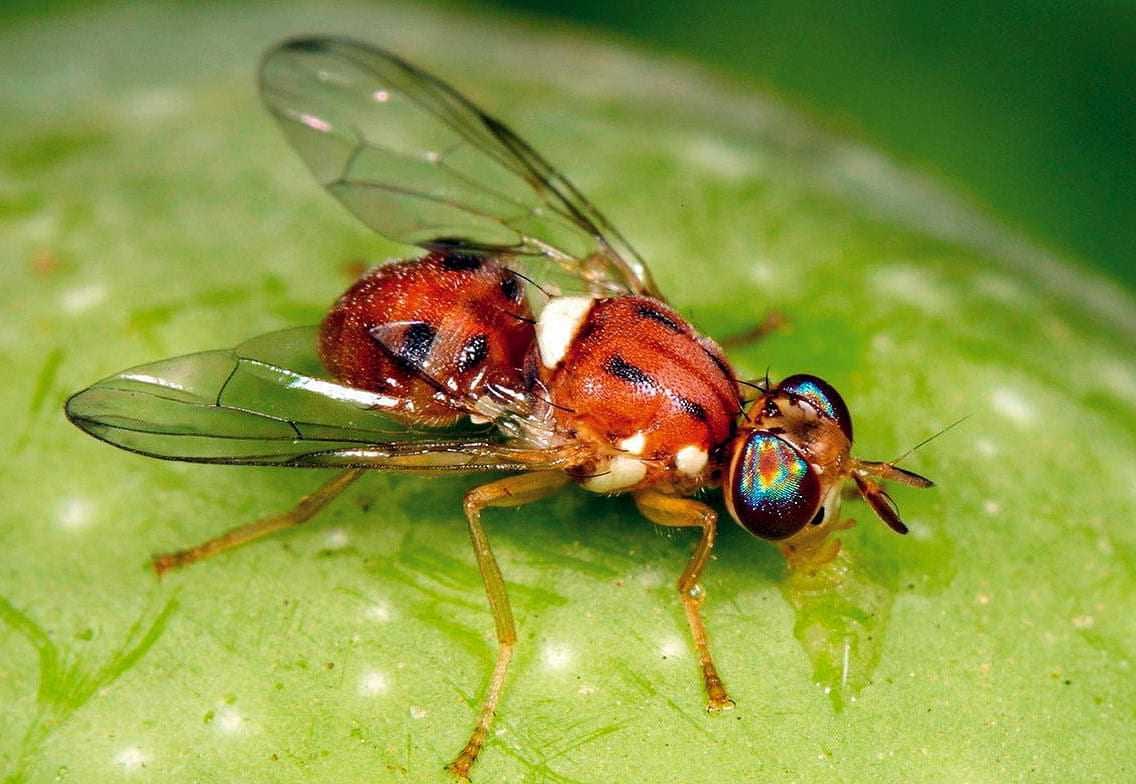
“In the area of Roman Castles, the fertile territory southeast of Rome where I manage different olive groves, in mid-July, we experienced am initial attack of the fly that did not have consequences,” Macari explained. Due to temperatures above 32°-33°C (89.6°-91.4°F) and low humidity, the oviposition was not successful and the larvae did not develop.
“It is fundamental for us to be in the olive grove, in order to evaluate climatic factors and determine appropriate treatments,” he pointed out. “Now we are waiting to observe the behavior of the second generation of insects. During the third week of August the temperature dropped to 26°-27°C (78.8°-80.6°F) and humidity increased, favoring oviposition; therefore, I intervened with Dimethoate in the case of conventional cultivation, while I used Bacillus thuringiensis serotype kurstaki, Neem oil and pyrethroids in organic olive groves.
The first remedy against parasites is the cold, and the warmer temperature in recent years has helped pests to proliferate, Macari said. But treatments in have become more focused and prudent and this approach allows us to preserve the delicate ecosystem of the olive grove and therefore the environment, and it is less expensive for farmers.
“Regarding prevention, in addition to monitoring traps, I recommend paying attention to plants from March or April (in the Northern Hemisphere) when the vegetative growth starts, and not wait until July as many farmers do,” he suggested.
“During that time you can also check the presence of other pathogens like Prays oleae, also called olive moth, Palpita unionalis or Otiorhynchus, and you can apply a light treatment to impact the first generation of the fly. It is much better to act before the olives sprout, in order to fight pathogens that involve the whole plant.”



